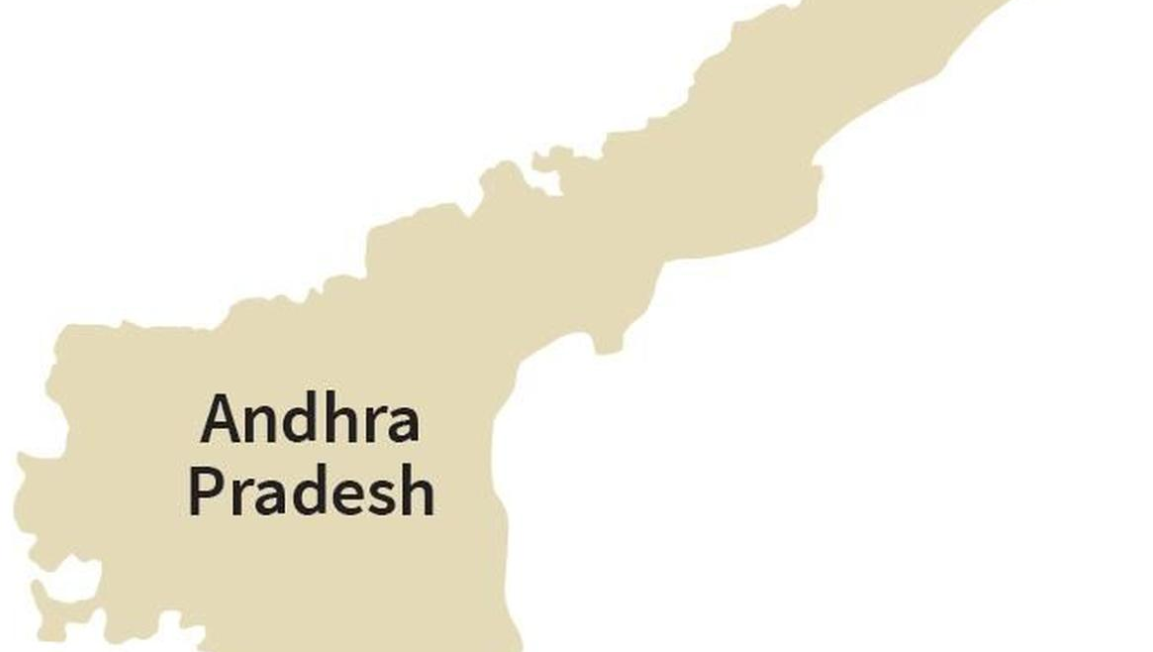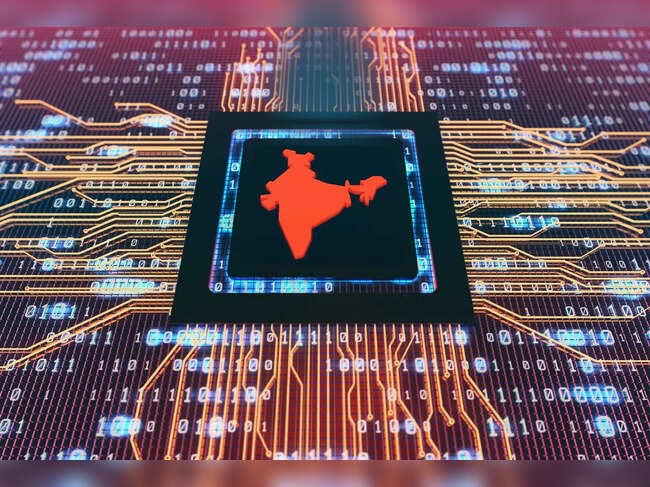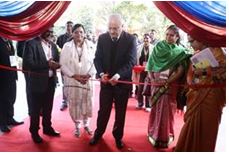



The rising trend of freebies in India offers short-term relief but poses long-term fiscal and developmental challenges. While such schemes can boost popularity and provide temporary benefits, they strain state finances, reduce productivity, and create dependency. In contrast, inclusive development focuses on sustainable empowerment through education, health, skills, and infrastructure, leading to lasting social and economic progress. Balancing empowerment with fiscal discipline is essential to ensure both social justice and economic stability.

Copyright infringement not intended
Picture Courtesy: The Hindu
The Stree Shakti Scheme in Andhra Pradesh, launched on August 15, 2025, provides free bus travel for women, girls, and transgender persons across the State. In just two months, it has shown remarkable results in improving women’s mobility, increasing bus ridership, and boosting public support.
Empowerment schemes such as Stree Shakti, which provide free public services to promote gender equality and inclusion, are essential for social justice. However, without economic balance and financial planning, even well-intentioned programmes can become unsustainable and counterproductive in the long term.
|
Aspect |
Freebies |
Inclusive Development |
|
Definition |
Non-merit goods or services provided free or at heavy subsidy, often for political or short-term gains. |
A process that ensures equitable access to opportunities and benefits of economic growth for all sections of society. |
|
Core Objective |
To provide immediate relief or electoral advantage. |
To achieve sustainable and equitable socio-economic progress. |
|
Nature |
Consumption-oriented; non-productive expenditure. |
Investment-oriented; capacity-building expenditure. |
|
Economic Focus |
Short-term populist spending with limited returns. |
Long-term human capital and infrastructure development. |
|
Examples |
Free electricity, water, TVs, cash transfers, loan waivers, or scooters before elections. |
MGNREGA, PM Awas Yojana, Ayushman Bharat, PM-KUSUM, Skill India Mission. |
|
Fiscal Impact |
Increases fiscal deficit and debt burden. Example: States like Tamil Nadu and Punjab spend 2–3% of GSDP on freebies (RBI, 2024). |
Encourages sustainable growth; returns through improved productivity and tax revenues. Example: PMGSY generates ₹2.5–₹3 in rural GDP for every ₹1 invested (NITI Aayog, 2023). |
|
Social Impact |
Creates dependency and entitlement; limited empowerment. |
Promotes empowerment, inclusion, and self-reliance. |
|
Targeting Efficiency |
Often politically targeted and poorly monitored. |
Data-driven, Aadhaar-linked, and outcome-based delivery. |
|
Long-Term Outcome |
Fiscal stress, inflationary pressures, weakened human capital. |
Human capital development, higher income, and social equity. |
|
Governance Impact |
Encourages competitive populism among states; reduces fiscal discipline. |
Promotes governance-based competition, innovation, and accountability. |
|
Environmental Impact |
Can lead to resource overuse and environmental degradation (e.g., free power causes groundwater depletion). |
Promotes sustainability (e.g., renewable energy subsidies, eco-friendly infrastructure). |
|
Political Motivation |
Primarily electoral — aims at immediate voter satisfaction. |
Developmental — focuses on long-term social transformation. |
|
Sustainability |
Unsustainable due to recurring fiscal burden. |
Sustainable through measurable development outcomes. |
|
Accountability Mechanism |
Often lacks impact assessment or audit. |
Monitored via performance audits, DBT, and outcome evaluation. |
|
Public Perception |
Popular but economically distortive. |
Less visible politically, but transformative in the long run. |
|
International Comparison |
Similar populist practices seen in Sri Lanka and Pakistan leading to fiscal crises. |
Modelled after inclusive policies of Nordic countries and East Asian economies. |
|
Policy Alignment |
Often deviates from FRBM targets and fiscal prudence. |
Aligned with SDGs (1: No Poverty, 4: Quality Education, 8: Decent Work, 10: Reduced Inequalities). |
|
Overall Impact |
Short-term relief, long-term fiscal and economic risks. |
Sustainable empowerment, productivity, and equitable growth. |
Economic Implications
Social Implications
Political Implications
Administrative Implications
Ethical and Moral Implications
Environmental Implications
Human Development Implications
|
State / Level |
Measure / Reform |
Details & Data |
Objective / Impact |
Source |
|
Central Government |
Subsidy Rationalisation |
Reduced total subsidy expenditure to ₹3.17 lakh crore in FY 2022–23 — a 26.6% cut from previous year. Focus shifted to targeted DBT and fertilizer efficiency. |
Control fiscal deficit and prevent subsidy leakages. |
Times of India, 2023 |
|
Central Government |
Tax Devolution Conditions |
Proposal to reduce states’ tax share from 41% to 40% (FY 2026–27); link future grants to fiscal discipline and curbing populist freebies. |
Encourage states to adopt fiscal prudence. |
Reuters, Feb 2025 |
|
Maharashtra |
Budget Cuts in Welfare Schemes |
“Mukhyamantri Ladki Bahin Yojana” allocation cut from ₹46,000 crore to ₹36,000 crore; other welfare programs rationalised. |
Reduce fiscal stress; reallocate resources for infrastructure. |
Business Standard, Mar 2025 |
|
Karnataka |
Fare Revisions in Public Transport |
Post-launch of Shakti scheme (free bus rides for women), KSRTC increased fares for paying passengers to offset costs. |
Maintain service sustainability; control subsidy burden. |
Business Standard, 2025 |
|
Rajasthan |
Audit and Fiscal Review of Freebies |
CAG report flagged ₹65,000 crore annual cost from free power & medicine schemes, causing ₹31,491 crore deficit (2023–24). |
Push for rationalisation of high-cost schemes. |
Times of India, 2024 |
|
Andhra Pradesh |
Introduction of Cost-Control Mechanisms |
Post-Stree Shakti launch, State exploring GPS-based route optimisation and monitoring to reduce subsidy leakages (~₹1,942 crore yearly cost). |
Improve efficiency, ensure better fiscal control. |
The Hindu, Oct 2025 |
|
Punjab |
Debt Management and Borrowing Limits |
Rising debt >45% of GSDP; implementing stricter borrowing under FRBM cap; reviewing non-essential freebies. |
Control unsustainable liabilities; comply with FRBM. |
CRISIL Report, 2025 |
|
Meghalaya |
FRBM Act Amendment |
Amendment allows ₹400 crore borrowing boost only under specific revenue-growth conditions. |
Enforce fiscal discipline before expanding welfare. |
Business Standard, Nov 2023 |
|
Tamil Nadu |
Freebie Review Committee (Proposed) |
State Finance Dept considering review panel to assess welfare impact-to-cost ratio for schemes like “Magalir Urimai Thogai”. |
Enhance accountability and outcome-based spending. |
India Today, 2024 |
|
Pan-India (Policy Reform) |
Phasing Out Power Cross-Subsidies |
Proposal to remove industrial-to-domestic cross-subsidies worth ₹1–2 lakh crore annually, shifting to transparent budgetary support. |
Increase transparency; reduce hidden subsidies. |
India Today, Oct 2025 |
Source: The Hindu
|
Practice Question “Balancing empowerment with economics is essential for sustainable welfare.” Critically examine this statement in the context of the rising culture of freebies in India. |








© 2025 iasgyan. All right reserved